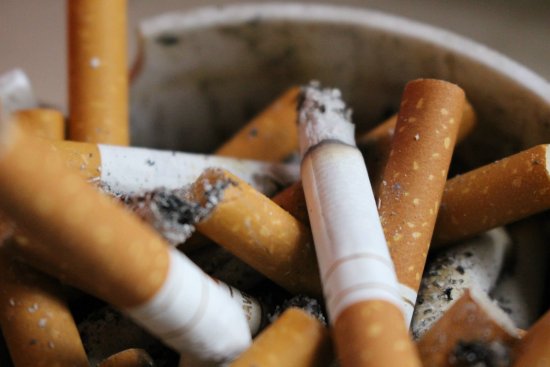
Looking at the impact of the tobacco ban one year later
It’s been one year since CVS stopped selling tobacco in its stores, and the company says the move has resulted in a decline in cigarette purchases over the last year.
The data is preliminary—it’s only been one year—and it deserves to be looked at with plenty of caveats.
By analyzing cigarette pack purchases at a wide variety of seller locations like drug stores, gas stations, and convenience and dollar stores during the eight months following CVS’ tobacco ban, the CVS Research Institute found a 1% drop in cigarette pack sales in the 13 states that have a CVS pharmacy market share of 15% or more.
“One percent may not sound like much but it’s a very substantial amount when you consider the mortality and morbidity associated with tobacco,” says Dr. Troyen Brennan, chief medical officer of CVS Health.
CVS did not stop selling nicotine replacement products, however; in the months following the cigarette ban, they noted a 4% increase in nicotine patch purchases in those same 13 states.
Stanton Glantz, a professor at the University of California, San Francisco, Center for Tobacco Control Research and Education, says he gives CVS’s progress report a ‘B.’ “My one criticism is that they were not the only thing happening. If you look across these states, there were tax increases for cigarettes going on, some of the states had anti-smoking programs, there was less smoking in movies. CVS doesn’t account for those [other factors],” he says.
Glantz does think it’s fair to say CVS’ actions helped change the social environment around smoking. “You had a major corporation that was making money selling cigarettes saying, ‘We are not going to do this anymore because it’s the wrong thing to do,’” says Glantz. And that—more than simply stopping to sell cigarettes—”was the actual intervention,” Glantz adds. “It was a very large social message that was sent.”
The latest data from the U.S. Centers for Disease Control and Prevention (CDC) suggests that there are around 42 million adult smokers in the U.S. and smoking is still the leading cause of preventable death. More than 16 million Americans are living with a disease caused by smoking and over four in 10 adult cigarette smokers say they attempted to quit in the last year.